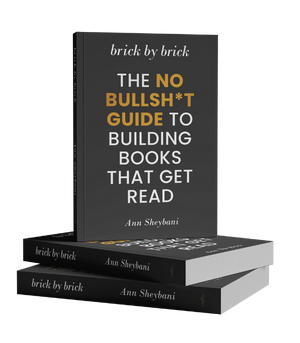In 2010, Marina Abramović did something insane.For seventy-five days straight, she sat in the atrium of the Museum of Modern Art in New York City. Six days a week. Nearly eight hours a day. No breaks. No food. No water.
She didn’t speak. Didn’t move. She just sat at a square wooden table across from an empty chair.
The invitation was simple: sit down across from her. No talking. No touching. No time limit. Just a gaze. Eye to eye.
And people fell apart.
Some tried to smile, then quickly broke into tears. Others sobbed within seconds. One woman trembled. A man clutched his chest. Another slid from his chair onto the floor, undone by grief he hadn’t known he was carrying.
Thousands came. They lined up before dawn and waited all day for a few minutes in that chair. Some came back again and again. One man came back twenty-one times.
Museum guards had to gently escort people away because so many didn’t want to leave.
Why?
Because for those few minutes, they felt seen. Not fixed. Not changed. Not judged. Just seen.
Held in a gaze that didn’t flinch. Met in silence that didn’t demand.
One guard said it was the quietest MoMA had ever been. And somehow the loudest.
This Is Why We Write
Here’s what I know about writers: we’re starving to be seen, too. We want someone to look into the tangled mess of our thoughts and say: I see what you’re trying to say. And it matters.
For many of us, that hunger is what gets us writing in the first place. We’re trying to describe something—a problem, a pain, a pattern—and by describing it, we’re attempting to fix it. Or at least understand it. Or at the very least, prove we’re not alone in it.
We write to be understood.
We write to sit at that table across from someone and say: Here I am. This is what I see. This is what I know. Do you see it too?
And when a reader responds—when they send that email or leave that comment or tell you at a conference that your words changed something for them—what they’re really saying is: I see you. I was sitting in that chair. And you were present.
But here’s the thing. The intimacy runs both ways.
Because readers? They’re starving to be seen, too.
They don’t just want information. They can Google that. They want to find that one soul who understands them and their problem better than they thought possible They want someone to describe them—their fears, their beliefs, the very things standing in the way of getting what they want—with such clarity that they think: Holy shit. This person gets it. This person gets ME.
That’s when the magic happens.
That’s when a reader doesn’t just finish your book—they underline it, dog-ear it, recommend it to everyone they know. Not because you gave them seven steps to success or a clever framework. But because you saw them. Really saw them.
You described the specific terrors they face… The shame of failing at the thing you told everyone you’d succeed at. The exhaustion of performing competence while drowning in imposter syndrome. The loneliness of doing work that matters to you but not to anyone in your immediate orbit….
You put words to things they couldn’t articulate. You made them feel less alone. You were present.
The Intimacy We Crave
We live in the most isolated, disconnected era in human history. We have a thousand connections and zero presence. We scroll past faces. We skim words. We’re perpetually distracted, perpetually performing, perpetually somewhere else.
And then we encounter writing that stops us cold. Writing that looks us in the eye and doesn’t blink. Writing that says: I’m here. I see you. You matter.
That’s the relationship between writer and reader at its best. It’s not transactional. It’s not about expertise or authority or positioning yourself as the guru on the mountain. It’s communion.
It’s two people sitting at a table in a crowded world, and for a few minutes, maybe a few hours, finding each other in the noise.
What This Means for Your Writing
Stop trying to write for everyone.
Stop hedging. Stop softening. Stop hiding behind jargon and professional distance.
Write to the one person who needs to hear what you’re saying.
Describe them. Their world. Their inner experience. The thing they’re afraid to admit even to themselves. Not because you’re trying to manipulate them or prove how smart you are. But because you see them. You’ve been in that chair. You know what it feels like.
And you’re willing to be present enough—honest enough, vulnerable enough, specific enough—to put that experience into words.
That’s how you create writing that matters. That’s how you build the kind of reader relationship that transcends marketing tactics and algorithm hacks and all the noise about platforms and positioning.
You show up. You’re present. You see them, and they feel seen.
Marina Abramović sat in that chair for 736 hours. Thousands of people waited for just a few minutes of her attention. You don’t need to sit in silence in a museum to offer that same gift. You just need to write with the kind of presence that says: I see you. I’m here. This is for you.
In a world that won’t stop spinning, that kind of attention is sacred. That kind of connection is rare.
And it’s exactly what your readers are waiting for.


